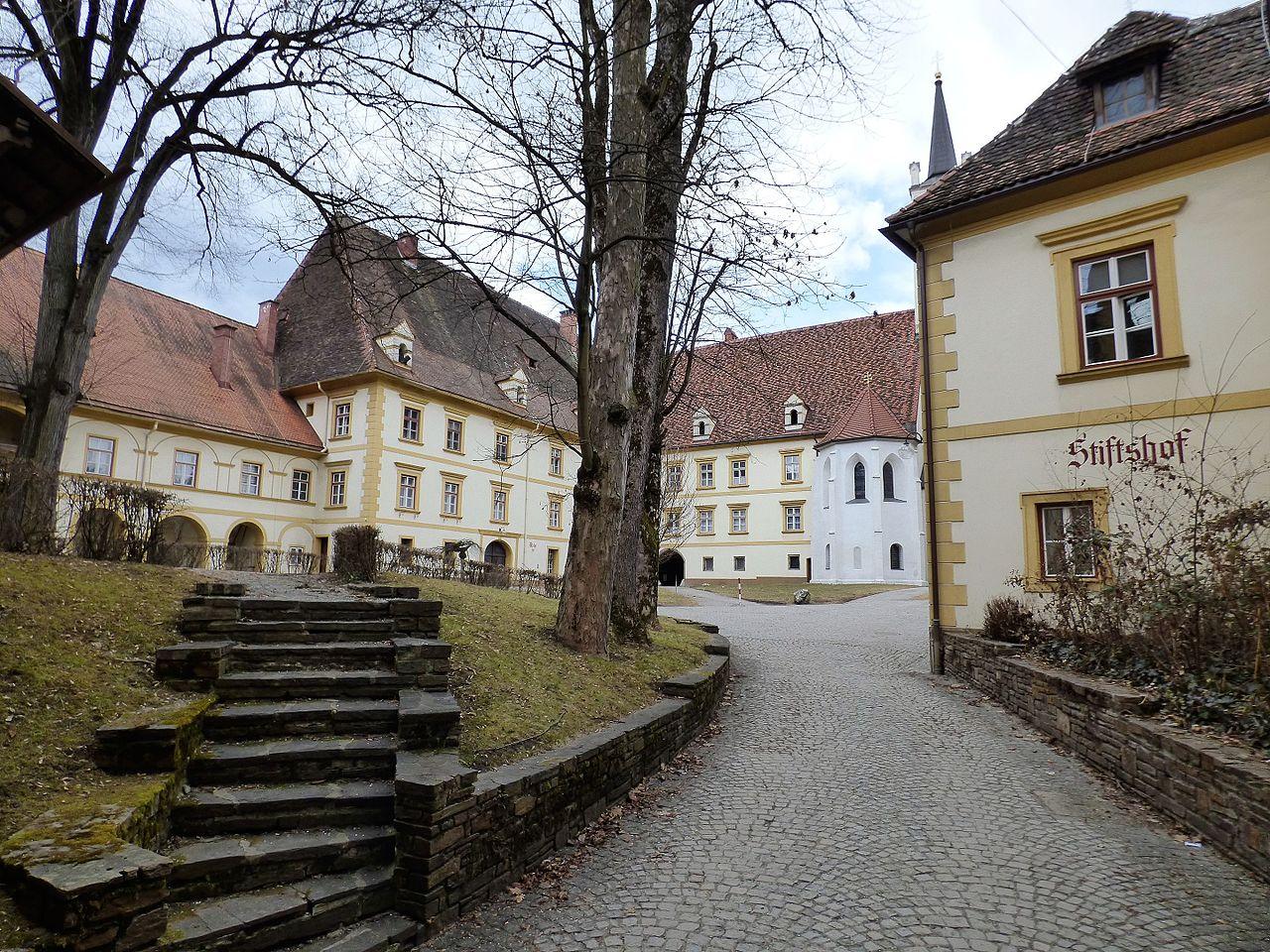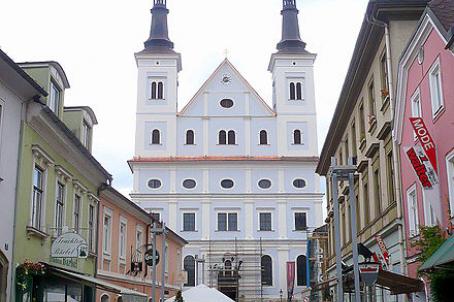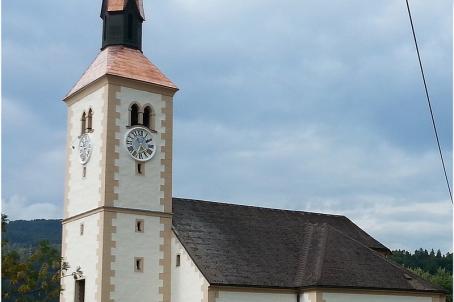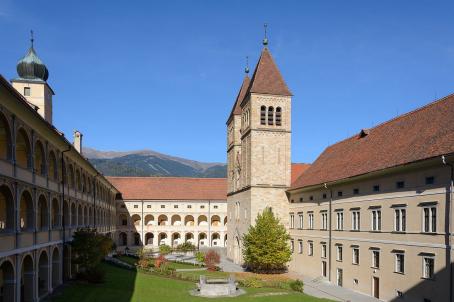Göss Abbey
Göss Abbey is a former monastery of Benedictine founded in 1004 by Adula of Leoben, closed in 1782. The old collegiate church and St Michael's Chapel, which used to serve as a private chapel for the only Bishop of Leoben, Count Alexander Engel von Wagrein, can still be visited today.






